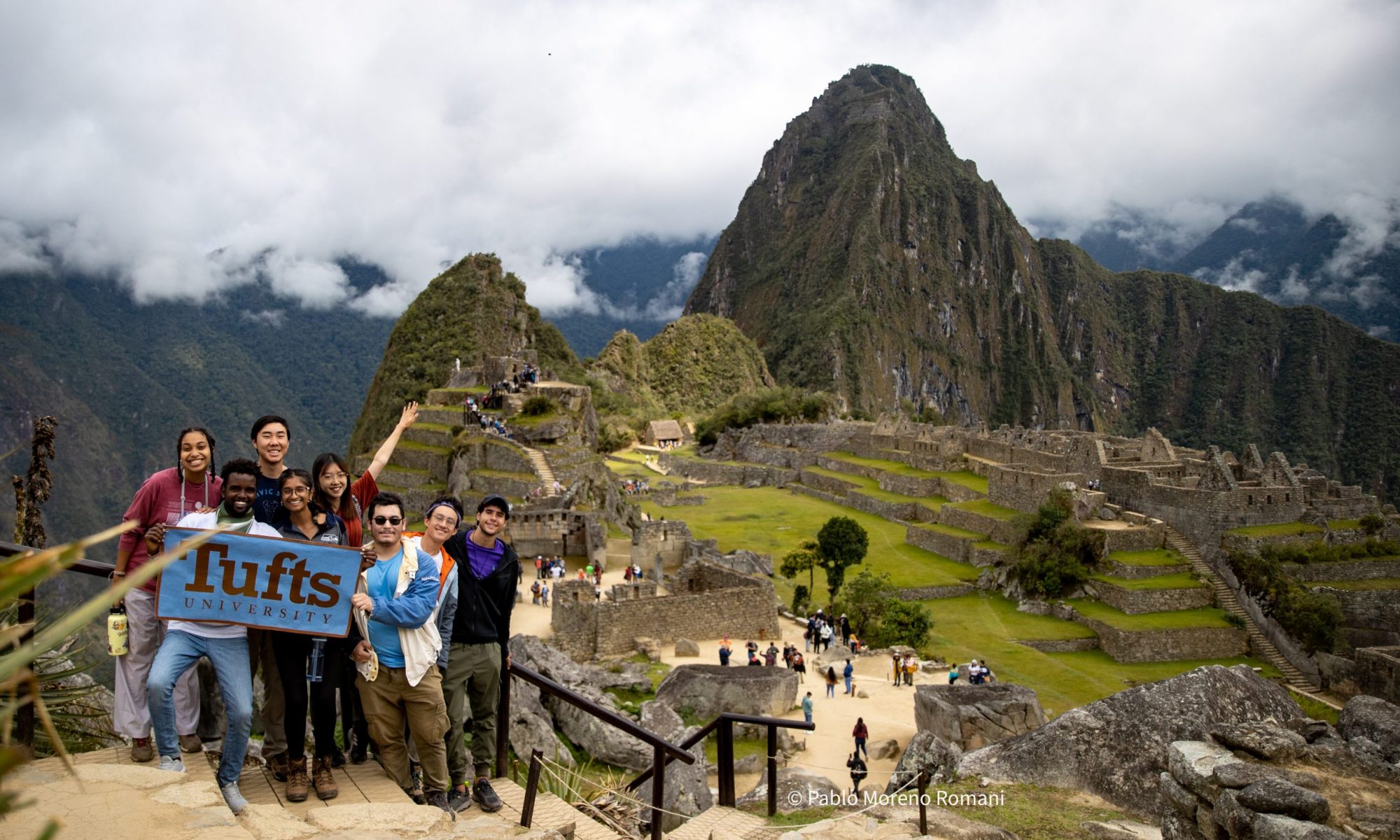Um ano sabático em trinta fotos
By David, Tufts 1+4 Participant
Here, I show how I made the most of a seven month’s time in Florianópolis, Brazil.
The pictures speak far better than words. Enjoy.
Aqui mesmo, eu mostro o melhores momentos depois sete meses morando em Floripa.
As imagens contam muito melhor que palavras. Aproveite.

The first beach (Morro das Pedras), out of far too many to come
Morro das Pedras, a primeira praia que eu conheci nesta “ilha das praias”
The best view from my favorite trail in Floripa:
overlooking Galheta beach and my neighborhood, Barra da Lagoa
O melhor mirante desde a minha trilha favorita na cidade,
que fica em cima Praia Galheta e o meu bairro, Barra da Lagoa
Early morning before work jaunt to catch the sunrise
Pegando o nascer do sol, bem cedo na manhã, antes do trabalho
Sunset at Lagoa da Conceição (the island’s largest lagoon)
Por do sol na Lagoa da Conceição
My first release at R3 Animal: Alejandro the sea lion at Praia Moçambique
A minha primeira soltura no R3 Animal: Alejandro, o lobo marinho, Praia Moçambique
The Brazil Gang of Tufts 1+4, at its finest
Um momento top com as minhas amigas queridas da minha faculdade, Tufts
Sharing a snack with one of my more persistent clients – Princesa the Tamandua
Alimentando um dos meus clientes mais famintos – Princesa, a tamandua-mirim
My second R3 release – twelve Magellanic penguins
A minha segunda soltura no R3 – doze pinguins-de-magalhães
Churrasco: the social glue of Brazil
Churrasco: a “cola social” do pais
My biggest R3 nightmare: being attacked by crazy papagaios that hate everyone
O meu pesadelo pessoal: ataques desde papagaios malucos que odeiam todo o mundo
Climbing up Morro do Chapeu with my host father, Claudio, the highest point in his hometown – Capitolio, Minas Gerais (January)
Subindo Morro do Chapeu (o ponto mais alto da cidade) com o meu pai brasileiro, Claudio – Capitolio, Minas Gerais (Janeiro)
View of the lake atop Morro do Chapéu, after a five hour hike
Vista do lago em cima Morro do Chapéu, depois uma caminhada de cinco horas
The next best solution when an ABC kid misses food from home – Japanese restaurant, Curitiba, Paraná
ABC = American Born Chinese, for ya gringos
A próxima melhor solução quando um menino chinês-americano tem saudade da comida da casa – buscar o restaurante japonês mais perto – Curitiba, Paraná (Novembro)
Hiking trails with barefoot Brazilians (the only real way to hike, they’ll tell you)
Fazendo trilhas com brasileiros descalços (o jeito verdadeiro)
The face of a guy trying not to smile after literally hand-pulling 33 fish out of the water in three hours (as a group, we caught 105 fish that day) – Lins, São Paulo (January)
O resultado depois um dia top de pesca: pesque 33 peixes em três horas (em total, a gente pescou 105 peixes) – Lins, Sao Paulo (Janeiro)
The start of my independent travel to the Brazilian Northeast (February)
Cities: Salvador, Recife, João Pessoa, Natal
O inicio da minha viagem independente ao Nordeste (Fevereiro)
Cidades visitadas: Salvador, Recife, João Pessoa, Natal
Awestruck at the architecture in Salvador (this was pretty modest,
considering everything I saw)
Olhando a arquitectura top em Salvador
Elevador Lacerda overlooking Baia de Todos os Santos (Bay of All the Saints)
Elevador Lacerda em cima Baía de Todos os Santos
Cruising Salvador’s Baia de Todos os Santos
Passeando no barco na Baía de Todos os Santos
Friends in Recife
Visitando amigos no Recife
My pilot friend in João Pessoa took me flying – I couldn’t say no
O meu amigo piloto em João Pessoa me levou em ultraleve –
Eu aceitei 🙂
Flying over João Pessoa, Paraíba
Voando em cima do João Pessoa, Paraíba
Dune Buggying in Natal, Rio Grande do Norte
Fazendo tur de buggy em Natal, Rio Grande do Norte
Walking through the largest cashew tree in the world – Natal
Explorando O Maior Cajueiro do Mundo – Natal
First attempt at surfing – Praia da Barra, Floripa
A minha primeira vez surfando – Praia da Barra, Floripa
The moment when you realize Brazilian food is too good
*in case you are wondering what that is, that’s their version of a hot dog
A comida brasileira é top demais (especialmente os cachorros quentes)
We look too happy to be an autopsy team, right? –
moments before operating on a toninha (La Plata dolphin)
Estamos felices demais pra um equipe de necropsia, né? –
Antes uma operação da toninha
My lovely R3 people
O meu povo lindo no R3
Host family (Luciana, Claudio, Murilo [cameo], and Joao), the best I could ask for
A minha familia brasileira (Luciana, Claudio, Murilo (só por 2 meses), e João)
o melhor que eu pedia
Ok, that’s enough photos, I’ll call it a day – Botanical Gardens, Curitiba
Ta, vamos parar aqui com as fotos – Jardim Botânico, Curitiba

































